On the first Sunday of summer, June 22nd, I learned — belatedly — that it was the last day of Pollinator Week 2025. Fortunately, I had documented plenty of pollinators in my garden that weekend. The first half of this post highlights some favorites.
In anticipation of National Moth Week, I’ve included some favorite porch light visitors from this spring and summer in the second half of this post.
Pollinator Week Highlights
As they flew from flower to flower, the below pictured pair of gold-marked thread-waisted wasps (Eremnophila aureonotata) remained joined (apparently mating).
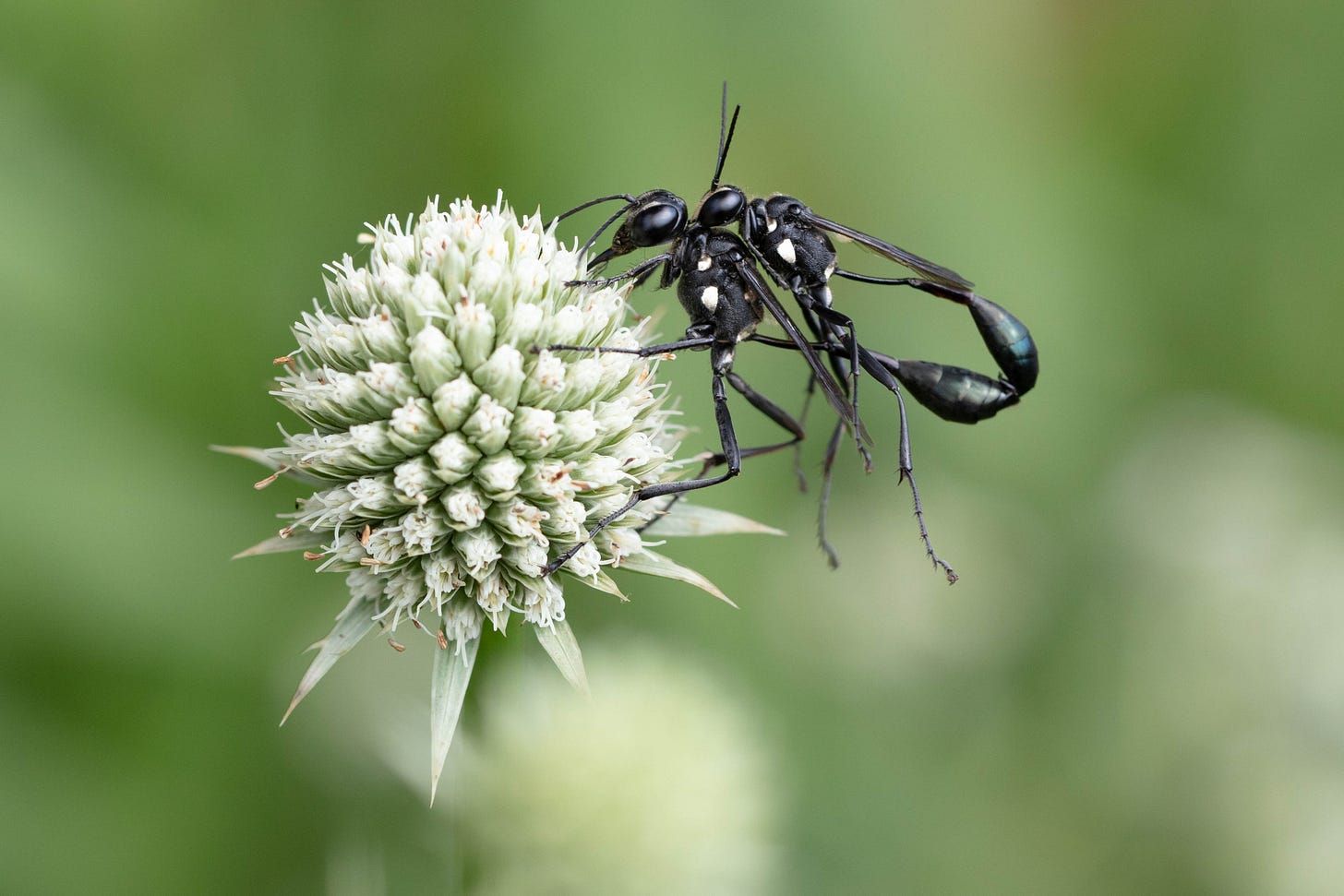
I discovered longhorn bees (tribe Eucerini, family Apidae) in June 2020, when a female oblique longhorn bee (Epimelissodes obliquus, known as Svastra obliqua in 2020) visited my garden. She looked like a bumblebee wearing golden gaucho pants. Over the years, I would learn about and photograph more species of longhorn bee, but after the summer of 2020, I never saw E. obliquus again — in my garden or otherwise — for nearly five years. On the summer solstice, oblique longhorn bees flew among the flowers of my front garden with their cousins, broad-banded longhorn bees (E. petulcus).
When I spotted a black-and-yellow wasp on my fennel flowers, I initially mistook it for a small European paper wasp (Polistes dominula), but it’s not a paper wasp at all. It is a sand wasp (tribe Bembicini, family Crabonidae). My tentative identification is Saygorytes phaleratus. I cannot find much information about this species, though their relatives in genus Gorytes feed on planthoppers, and many photos of S. phaleratus on iNaturalist show the wasp nectaring on similarly umbelliferous flowers.
Though not rare as a species, variegated fritillaries are infrequent visitors to my garden. Thus, this solstice visitor was special.
Nighttime Garden Guests
I began documenting my garden’s nighttime wildlife in May, leaving the porch lights on and waiting to see who showed up. I called this “mothing” at first, but other visitors have enchanted me even more — especially planthoppers. Though they may look like pale, tiny spots on the house, my macro lens and flash allow me to zoom in and see these insects’ otherwise hidden intricacy.
Some, like this yellow and white member of genus Eratoneura, are splashed and speckled with bright colors.
Some shimmer, like this iridescent red and green-gold Erythridula abolla.
The muted earth tones of other planthoppers — such as the sharp-nosed leafhopper (Scaphytopius acutus) — appear in many shades and shapes, making wings and thorax look like mosaic.
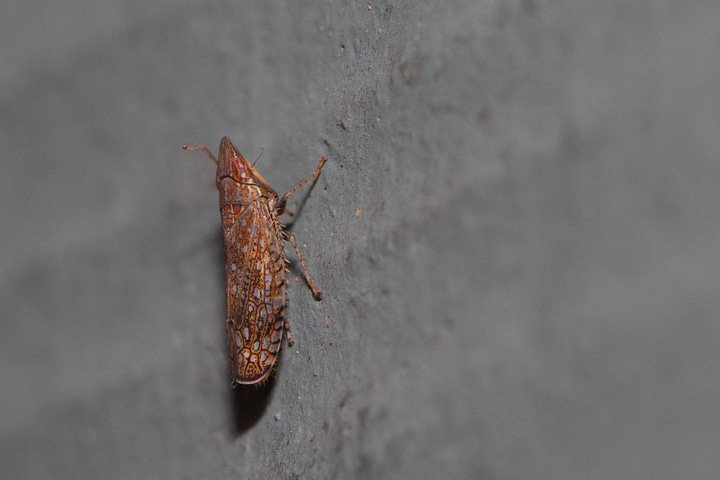
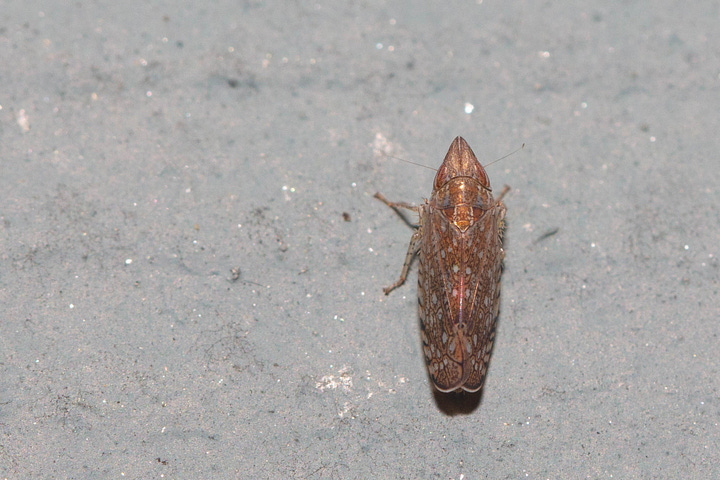
My nightly porch light prowls have also introduced me to new moths. When I first saw the moth pictured below, I thought I was seeing fuzzy fungus consuming the corpse of its lepidopteran victim. Floofy white plumes sprouted from the moth’s body, obscuring head and front legs. Looking more closely, I saw that the white fluff was not fungus, but part of a live moth — the Frilly Grass Tubeworm Moth (Acrolophus mycetophagus).
I close with a striking scarlet and black cerambycid — the elm borer longhorn beetle (Saperda tridentata).
Did you participate in Pollinator Week? Do you plan to participate in Moth Week? I’d love to hear about it in the comments!
Upcoming Events and Community Science
National Moth Week! July 19-27, 2025. More information at NationalMothWeek.org and in the following post from 2024:





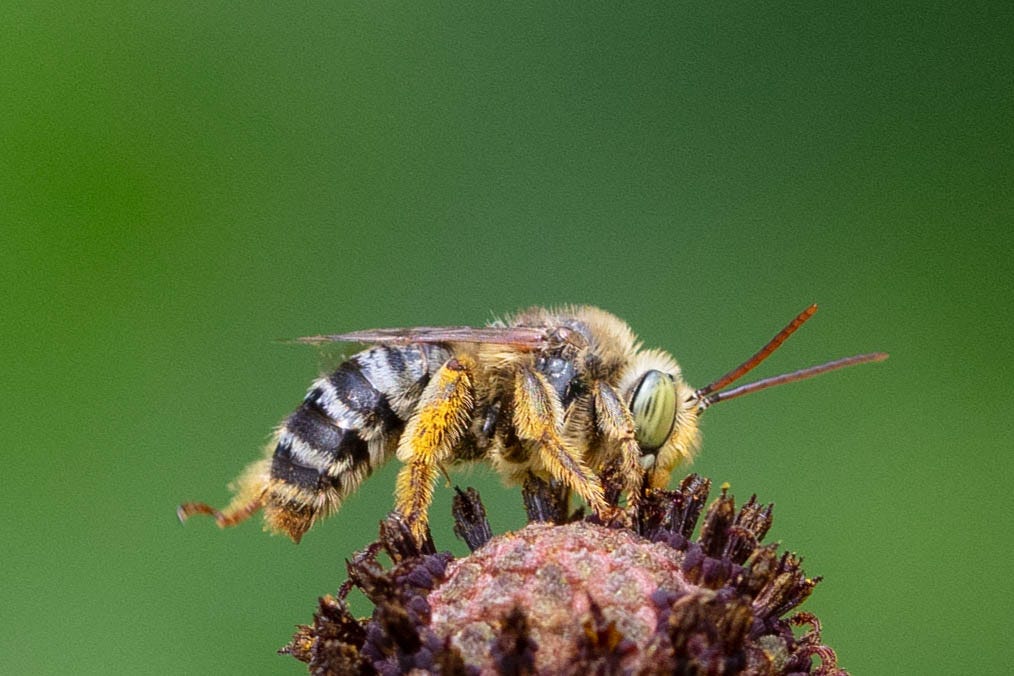
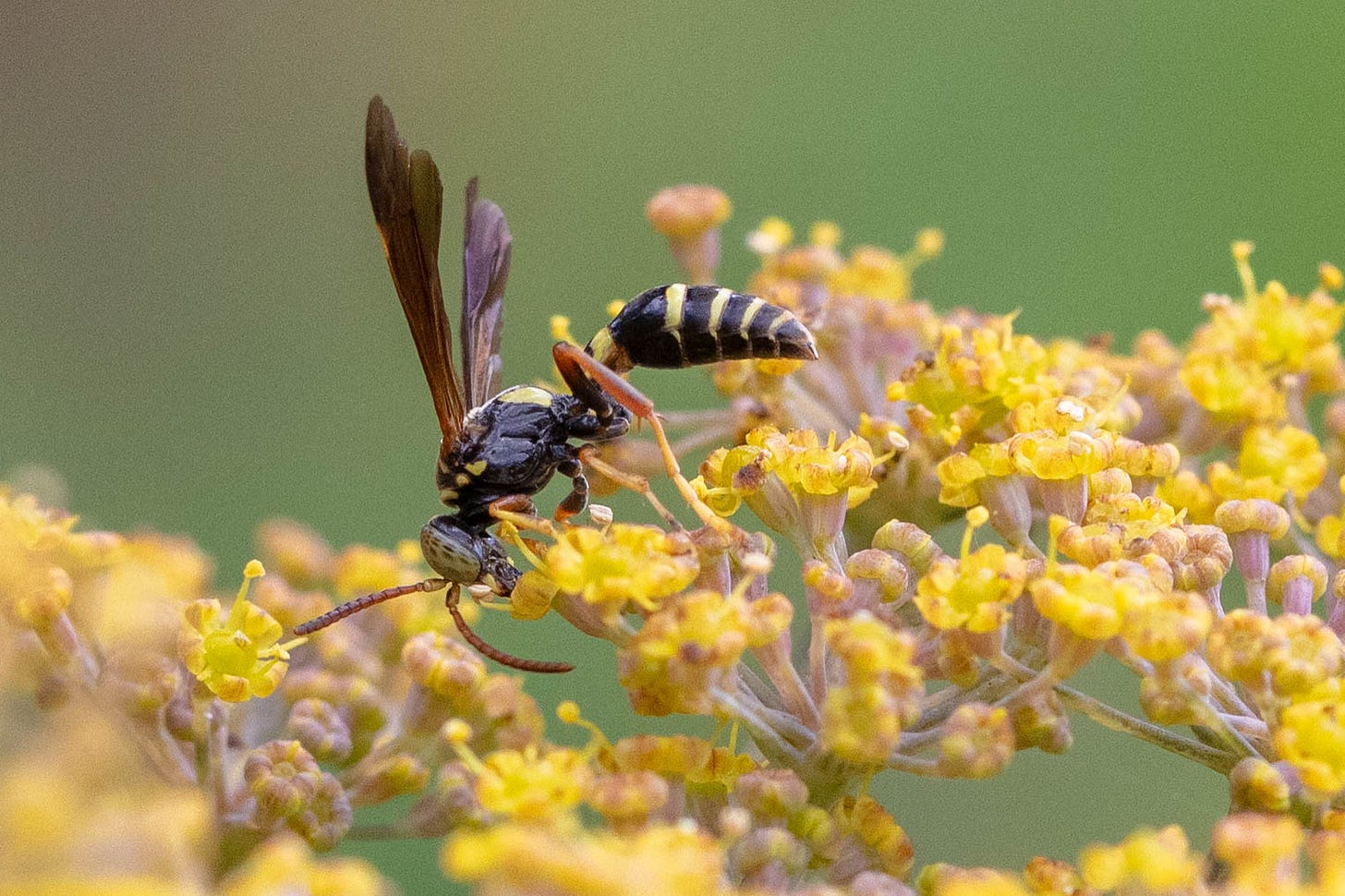
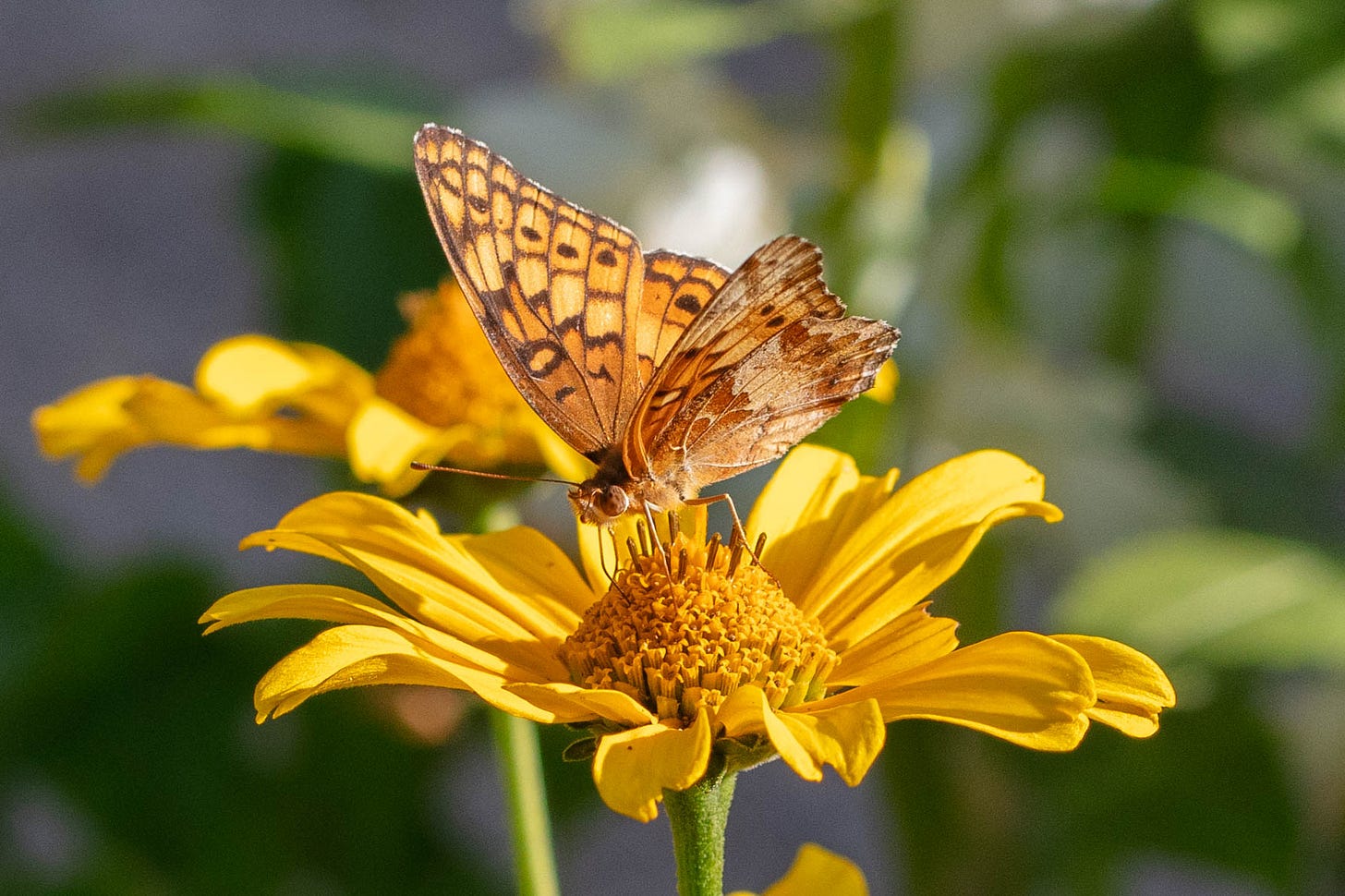

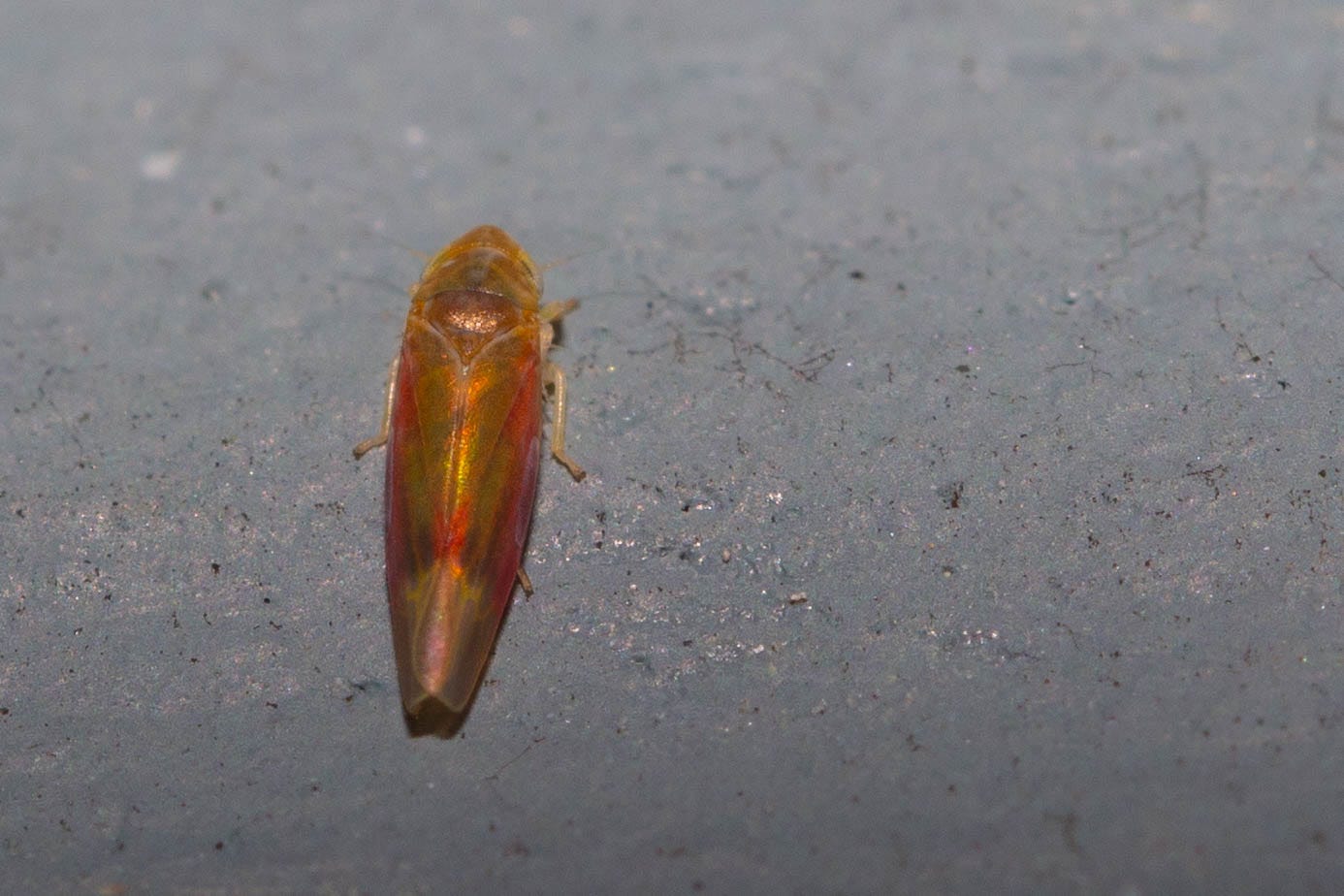
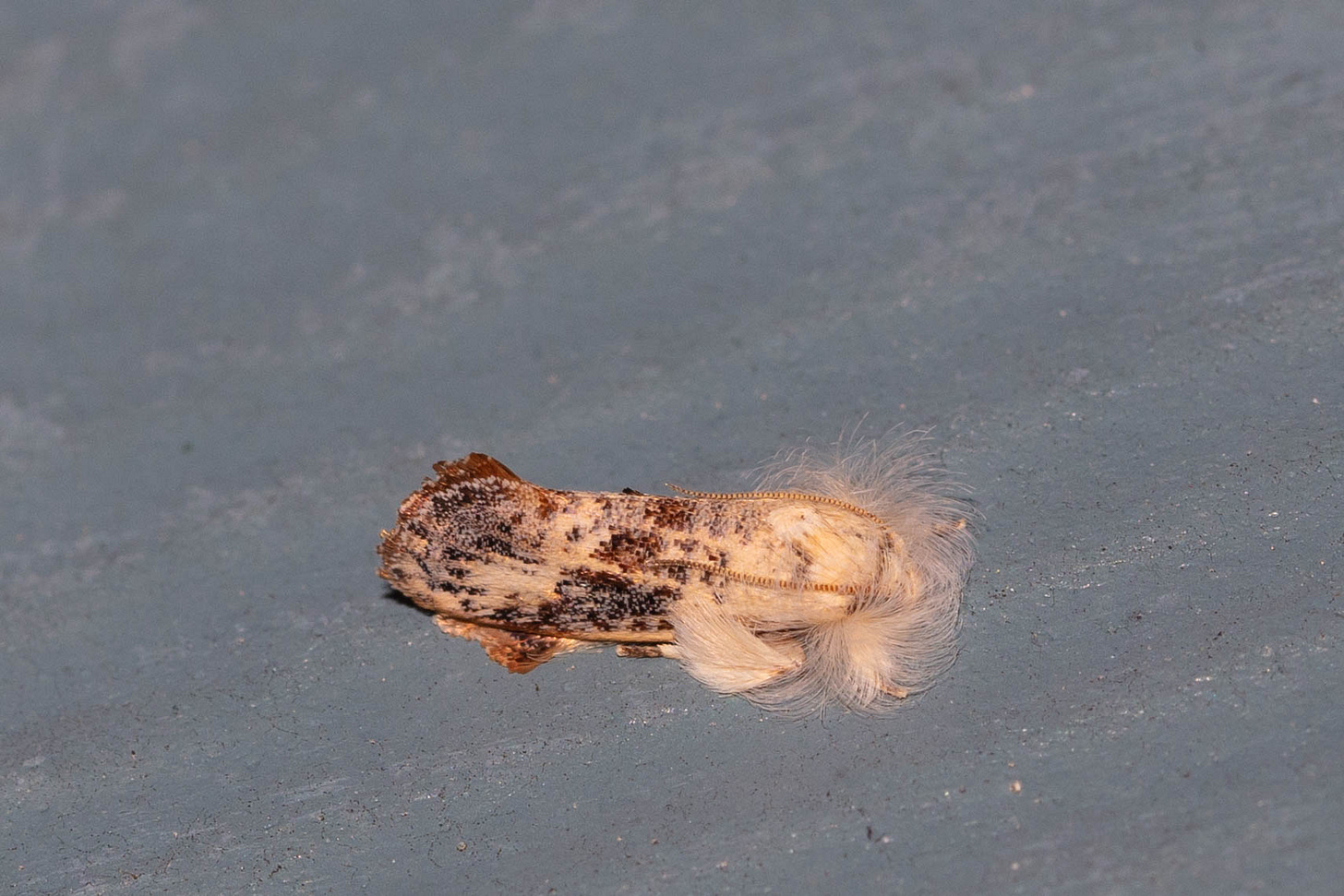

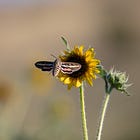
Wonderful photos yet again, Sarah! Appreciate the details about the species. Our old house had the perfect back light and rough wood siding for mothing, still working on a set up in the new house.
Wow- the Gold-Marked thread-waisted wasps are beautiful (and what a name)! The Variegated fritillary makes me think of autumn here early. I wonder how many times I've seen wasps without noticing them. Thanks for your post.